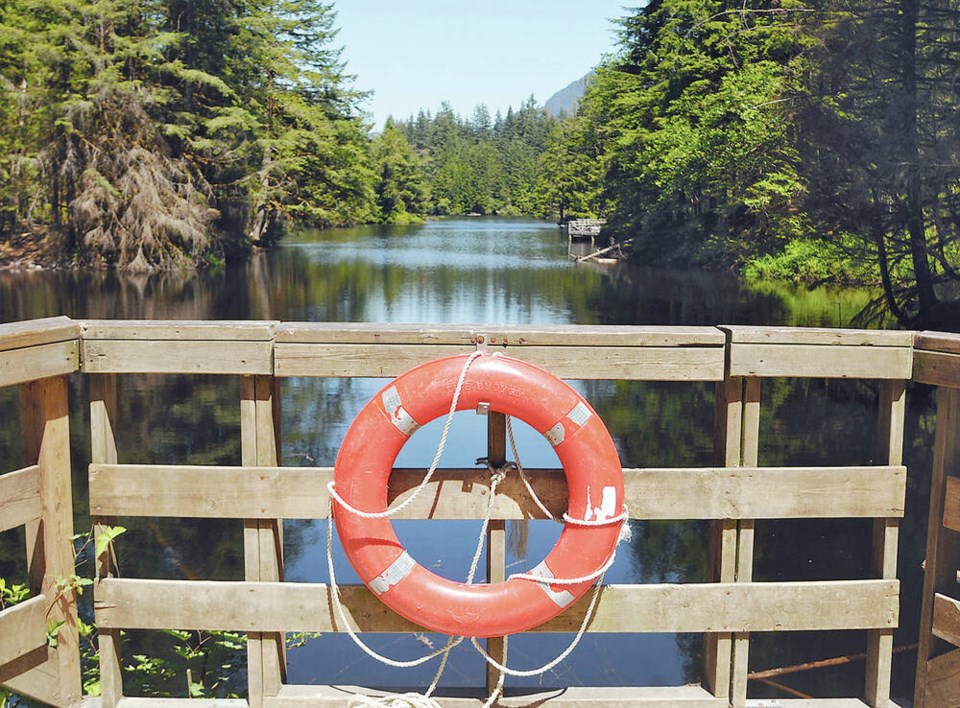There were 86 accidental drowning deaths in British Columbia last year, and more than three quarters of the victims were men.
Data from the B.C. Coroners Service revealed alcohol or drugs — or a combination — played a contributing factor in 22 of the drownings.
And that’s an ongoing problem, according to the coroner. Between 2012 and 2020, alcohol and drugs were reported in 38% of drowning deaths, and in more than half of the water fatalities involving people aged 30 to 39.
The total number of drownings last year is above the yearly average of 76, or 1.5 per 100,000 population, said the coroner.
Individuals ages 19 to 29 accounted for 21% of the deaths, followed by 50 to 59-year-olds at 17%, according to the report.
“It’s always sad when we see these numbers come out because most drownings are preventable,” said Lenea Grace, executive director of the Lifesaving Society of B.C. and the Yukon.
Grace said all swimmers, regardless of abilities, should wear personal flotation devices if they are swimming in lakes and rivers in the province.
She said since so many swimming areas in the province are unsupervised by lifeguards, lifejackets and flotation pieces should be essential. Swimmers should also be aware of tides and currents, and children should be closely supervised, always at arm’s reach.
The coroner said 18 drowning deaths occurred last year in the Island Health region, second only to the Interior Health region, which had 31 deaths.
Half of all the drownings last year happened in June, July and August.
Being in the middle of that peak swimming period and amid heatwaves province-wide, swimmers should be extra vigilant, said Grace.
Most drowning deaths over the past decade happened in rivers and creeks, including waterfall incidents (29%), followed by lakes and ponds (28%). The ocean claimed 19% of drowning victims since 2012, followed by bathtubs (10%) and swimming pools and hot tubs (both 4%)
The Fraser River had the most deaths of any river between 2012 and 2022 with 53, followed by the Thompson River (9) and Columbia River (8). The Cowichan River has had six drowning deaths over a 10-year period.
Drownings in lakes happened most at Okanagan Lake, with 30 deaths, followed by Harrison Lake (12) and Shuswap Lake (9).
The coroner said the most common activities associated with drowning deaths were boating, at 19%, followed by swimming at 18%, and falls into water at 17%.
>>> To comment on this article, write a letter to the editor: [email protected]



